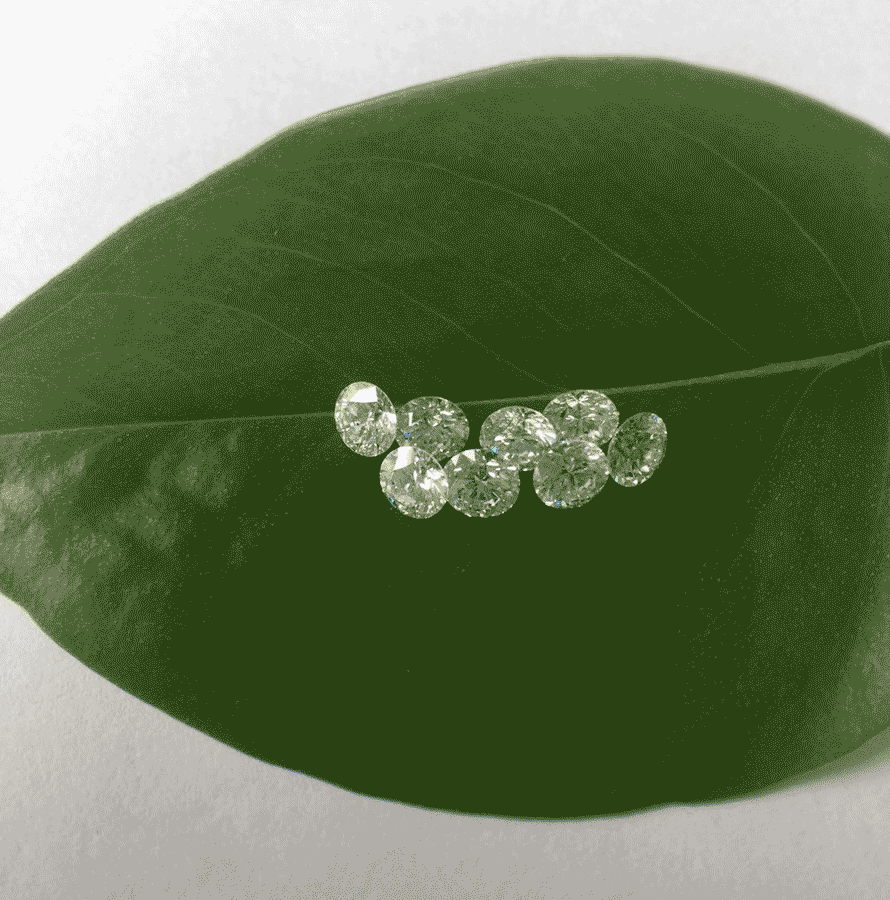


Before we talk about how lab-created diamonds are made, it’s important to understand how mined diamonds are formed. The processes are extremely similar - only one happens naturally while the other occurs in a lab
Mined Diamonds Geologists believe that diamonds formed deep within the Earth between 1 billion to 3 billion years ago. While they don’t know exactly how those diamonds came to be, they believe the process starts with carbon dioxide that is buried roughly 100 miles beneath the Earth’s surface.
The carbon dioxide is exposed to heat in excess of 2,200 degrees Fahrenheit and put under extreme pressure of roughly 727,000 pounds per square inch. The diamonds are then transported from deep within the Earth’s core to the surface by way of deep volcanic explosions.
Lab-created Diamonds There are two processes labs use to grow diamonds - High Pressure-High Temperature (HPHT) and Chemical Vapor Deposition (CVD).
HPHT diamonds are made using one of three manufacturing process: a belt press, the cubic press, and the split-sphere (BARS) press. All of these processes create an environment of extremely high pressure and temperature conducive to diamond growth.
An HPHT diamond begins as a small diamond seed that is placed into carbon. Using one of the manufacturing processes above, the seed is exposed to temperatures of about 1500 degrees Celsius and pressurized to approximately 1.5 million pounds per square inch.
The pure carbon melts and starts to form a diamond around the starter seed. It is then carefully cooled to form a pure carbon diamond.
A CVD diamond begins as a thin slice of diamond seed, which is often an HPHT produced diamond. The diamond seed is placed in a sealed chamber and heated to around 800 degrees Celsius.
The chamber is filled with a carbon rich-gas, like Methane, and other gases. The gases are ionized into plasma using technology similar to that of microwaves or lasers. The ionization breaks the molecular bonds in the gases, and the pure carbon adheres to the diamond seed and slowly crystallizes.